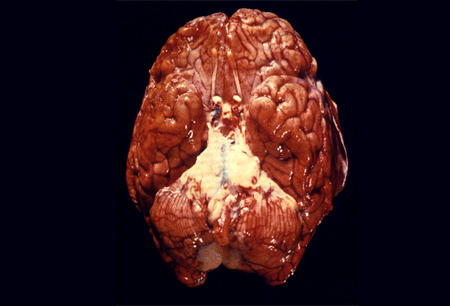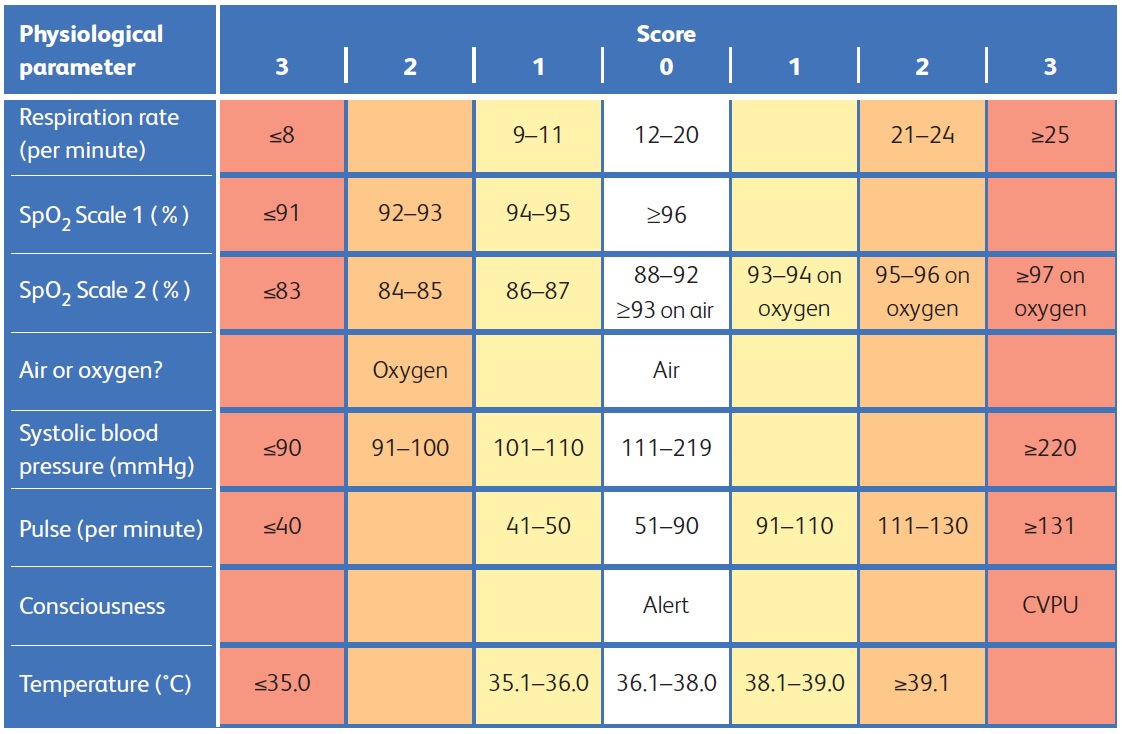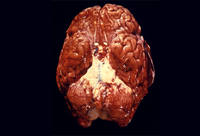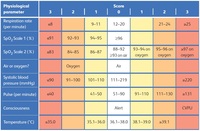Images and videos
Images

Bacterial meningitis in adults
Escherichia coli
CDC/Janice Haney Carr
See this image in context in the following section/s:

Bacterial meningitis in adults
Image provided by the US Centers for Disease Control and Prevention Public Health Image Library
See this image in context in the following section/s:

Bacterial meningitis in adults
National Early Warning Score 2 (NEWS2) is an early warning score produced by the Royal College of Physicians in the UK. It is based on the assessment of six individual parameters, which are assigned a score of between 0 and 3: respiratory rate, oxygen saturations, temperature, blood pressure, heart rate, and level of consciousness. There are different scales for oxygen saturation levels based on a patient’s physiological target (with scale 2 being used for patients at risk of hypercapnic respiratory failure). The score is then aggregated to give a final total score; the higher the score, the higher the risk of clinical deterioration
Reproduced from: Royal College of Physicians. National Early Warning Score (NEWS) 2: Standardising the assessment of acute-illness severity in the NHS. Updated report of a working party. London: RCP, 2017.
See this image in context in the following section/s:

Bacterial meningitis in adults
Staphylococcus aureus
CDC/Matthew J. Arduino, DRPH
See this image in context in the following section/s:

Bacterial meningitis in adults
Gram-stained Streptococcus species bacteria
CDC Public Health Image Library
See this image in context in the following section/s:
Videos
 Diagnostic lumbar puncture in adults: animated demonstration
Diagnostic lumbar puncture in adults: animated demonstrationHow to perform a diagnostic lumbar puncture in adults. Includes a discussion of patient positioning, choice of needle, and measurement of opening and closing pressure.
 Bag-valve-mask ventilation animated demonstration
Bag-valve-mask ventilation animated demonstrationHow to use bag-valve-mask apparatus to deliver ventilatory support to adults. Video demonstrates the two-person technique.
 Tracheal intubation animated demonstration
Tracheal intubation animated demonstrationHow to insert a tracheal tube in an adult using a laryngoscope.
Use of this content is subject to our disclaimer




